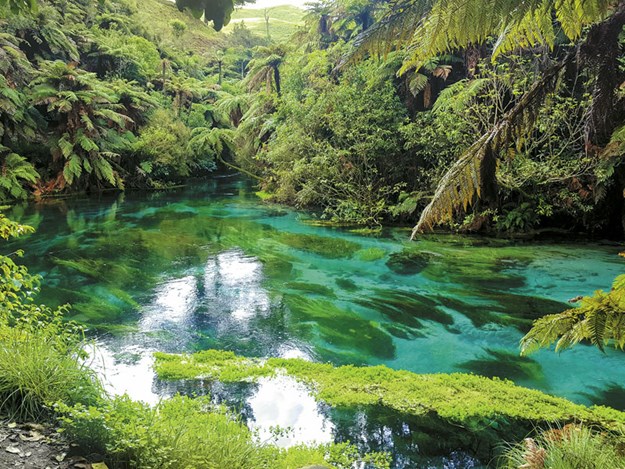 |
Only the purest water takes on this crystal-clear appearance |
I’ve lost count of the times we’ve visited a place and asked ourselves, ‘How on Earth have we never heard of this before?’ Sometimes, it can be downright embarrassing. Take the Blue Springs. Back in 2016, we were still in Whangamatā and preparing to hit the road when a young chap in one of the local stores told me about it.
“I went there on a school trip, best place I’ve ever been,” he said. “The only problem is, I can’t remember where it is. It’s a long name, though, starts with a P.” Upon looking it up, I got a surprise. Putāruru? But that can’t be right. I used to live in Tīrau. How could I not know about this place? That’s the thing; often we don’t know about the amazing places on our doorstep. We finally made it there recently and were so glad we did.
Off-the-beaten track
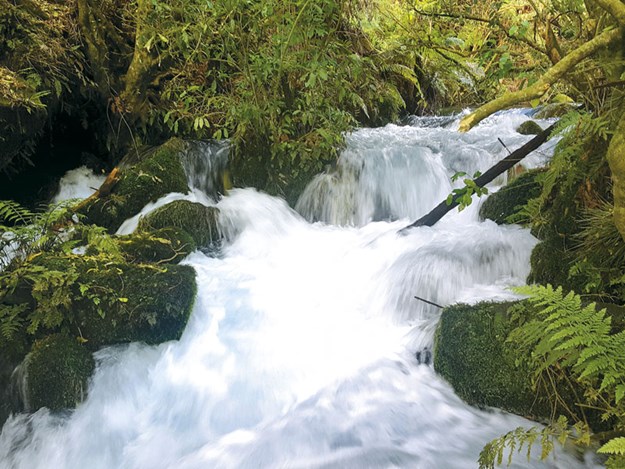 |
The loop walk features several gorgeous waterfalls |
The Blue Springs is not signposted from any main roads and, as we made our way along the winding, rural lanes, I began to feel slightly less sheepish for not having known about it. Whites Road - a road I previously knew well - links SH1 and SH5.
The springs are situated off Whites, with upstream access from Leslie Road. Upon arriving at the car park, however, this information is far from unknown to overseas visitors. We were the only Kiwis there, and the car park was full of rental vehicles and tour buses. Apparently, it is usually this busy.
But, having arrived later in the day, people were starting to leave, and as we embarked on the well-formed path that took us through farmland and marshes, there were pūkekos and aquatic birds everywhere. This was pleasant enough, but we were about to be amazed.
We were treated to the first glimpses of startling emerald-coloured water a short way along the walkway, and as we progressed further, the colours became more surreal and vibrant. Who could imagine such a spectacle lay hidden away in the South Waikato countryside?
Surrounded by dense bush and fringed with tropical ferns and cabbage trees, it looks like a scene from a storybook, or the movie, Blue Lagoon. As for the colour of the water, it beggars belief. But while almost every visitor would feel compelled to jump straight in, there is no swimming allowed; and the area is strictly protected.
An ancient pure source
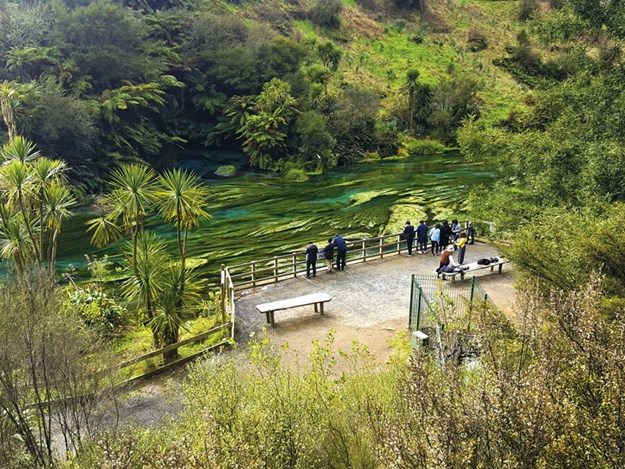 |
The viewing platform gives you a bird’s-eye view of the Springs |
As you might imagine, the water here is so pure it supplies about 60 per cent of New Zealand’s bottled water. The spring is fed from the Mamaku Plateau, and each drop of water is precious, having taken up to 100 years to filter through. By the time it reaches the spring, it is so clean it has turned a crystal-clear shade of blue.
And there’s no danger of the supply running out any time soon. Water from the Blue Springs flows at a rate of 42 cubic metres per minute and could fill a 25-metre swimming pool in about 12 minutes. Ah, yes, snippets of memories were starting to come back to me now.
Years ago, I recalled a water-bottling plant opening in Putāruru, but I never dreamed the water had come from anywhere like this. About 15 minutes into the walk, there is a lookout and spacious viewing area. This area is perfect for picnics and can get busy.
But we saw many tourists stop and take photos and use the facilities before turning around and returning the way they had come. This is a huge shame, as there is still so much more to see. Of course, the bonus was the rest of the walk immediately became a lot quieter and, for the rest of our visit, we saw a couple of people only.
A community labour of love
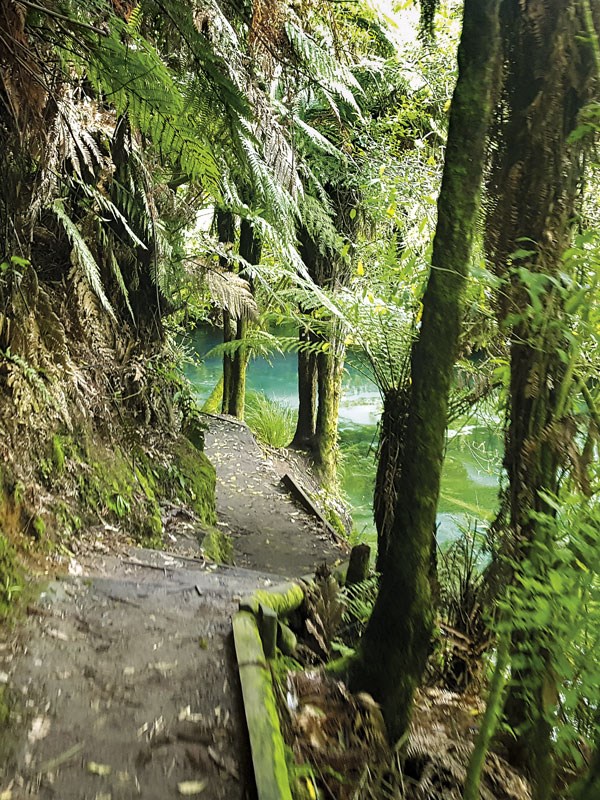 |
The Te Waihou Walkway is suitable for all abilities and is well maintained |
From here, you can meander at your own pace, following alongside the Waihou River, which is rich with trout and wildlife. Work on the Te Waihou Walkway started in 1999, five years after I left Tīrau. Now things made more sense.
More than 400 local students were involved in planting trees, and the results today are fantastic. Cattle grazed peacefully on the hills as we strolled along in the sunshine. It couldn’t have been more idyllic.
It takes about three hours to do the entire 4.7km loop walk, or 90 minutes one way, but it has an easy contour, and the paths and boardwalks are meticulously maintained. Enjoy; you don’t see things like this every day.
Stopped in my tracks
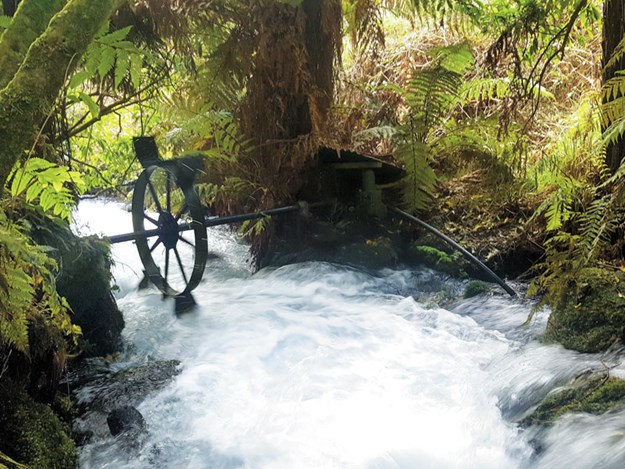 |
Relax and enjoy the otherworldly atmosphere |
Aside from visiting the springs at last, there was one other reason we were in the area. My firstborn son, Luke, passed away 25 years ago at two days old and is buried at Tīrau Cemetery. We had visited his tiny grave before arriving at the springs and had just passed the halfway mark around the loop when I saw something that made my heart stop.
There, in the middle of nowhere on a wooden handrail was a small plaque that said, ‘Birds singing in the sycamore tree, dream a little dream of me.’ Those words are from the very same song that was played at Luke’s funeral all those years ago in the little cemetery on the hill. Was it a coincidence? Who knew?
But I couldn’t help feeling I was meant to be there that day, and I continued the rest of the walk with a smile on my face and a warm feeling in my heart. It may have taken me two and a half decades to learn about the Blue Springs and see it for myself, but better late than never.
Feeling blue
If you have never visited Putāruru’s best-kept secret, you are in for a rare treat. Make a point of stopping by next time you are in the area.
Why so blue?
The reason for the blue colour (and high visual clarity) of the Waihou River and its spring source is the high optical purity of the water. Pure water is intrinsically blue because it absorbs red light, leaving only blue and (some) green light to be transmitted to the observer’s eye.
Pure natural waters are blue to blue-green because they lack light-absorbing constituents and particles. Both particles and light-absorbing matter are efficiently removed during the long settlement time of spring water while in aquifers.
Dogs are not permitted at the Blue Springs
There is little or no shade in the main car-parking area, so be aware if leaving four-legged friends in your motorhome. It’s quite likely you will want to stay longer than you planned.
Words of wisdom
A popular stopping point close to the start of the walkway is the poem, Dust if you Must by Rose Milligan displayed in a rocky arrangement. It’s a picturesque and timely reminder to all visitors that life is a gift to be enjoyed.
More info: waikatonz.com





